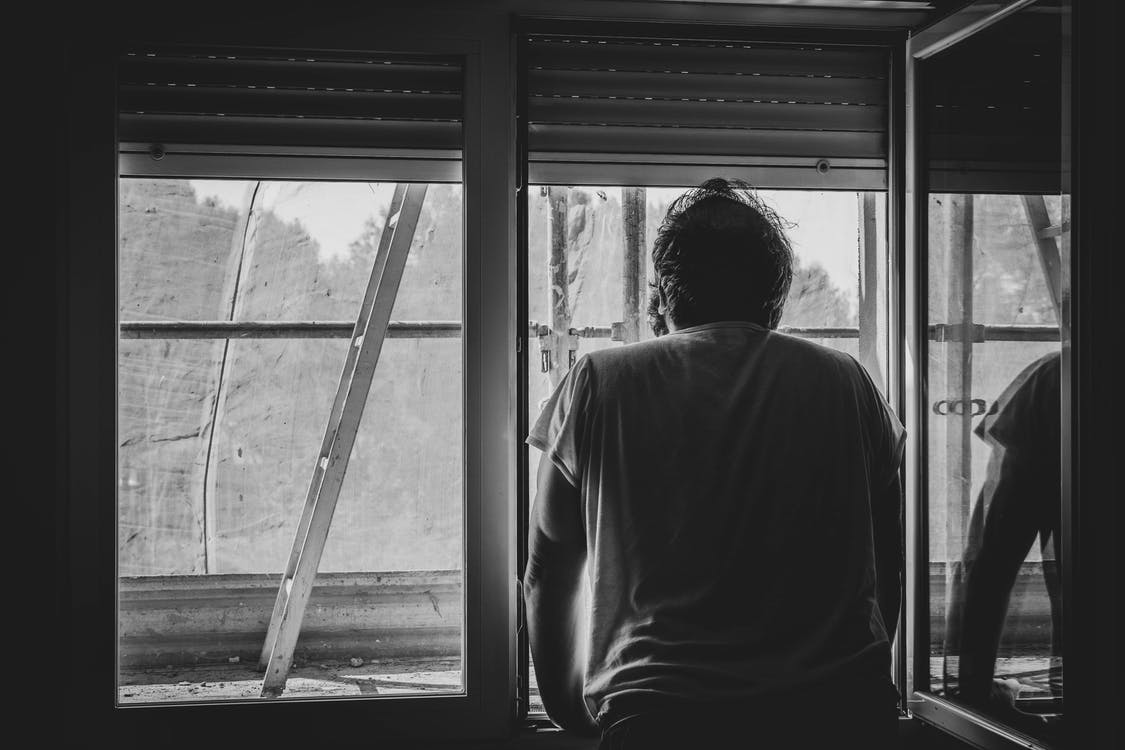
Television Editor Cat Osborne talks us through how photographers are adapting to the current struggles and restrictions of the COVID-19 lockdown
There is no doubt that 2020 will be embedded in our collective memory forever. Across the planet, photographers are adapting to their own isolation by providing images that capture COVID-19 in a stunning manner. With the closure of galleries and live performances, the arts are under threat during isolation. However, the situation has also produced a plethora of intriguing art, such as poems and street art dedicated to the NHS, and the photographs flooding the internet are no exception.
“Across the planet, photographers are adapting to their own isolation by providing images that capture COVID-19 in a stunning manner
Plenty of the most popular photography on the internet consists of the parts of life that are no longer a possibility such as bustling cities and trips across the world. However, like all of us, photographers have adapted by finding poignance in the mundanity of isolation. The Guardian has continued its ‘20 photographs of the week’ feature which now involves striking images from people praying two metres apart in Paris to a drive-Inn concert in Oslo.
Similarly, The New York Times commissioned photographers around the world to capture deserted cities for their series aptly titled ‘The Great Empty’. When I visited Hong Kong, Tsim Sha Tsui Promenade was overflowing with tourists but now it is barren in Lam Yik Fei’s photograph. Photojournalists discussed the precautions they take, such as wearing protective gear or using zoom lens. Photojournalism adds a more artistic element to the constant news coverage which helps us to process the strange situation.
“Photojournalism helps to add a more artistic element to the constant news coverage
Some of the best images from this period are also on our Instagram feeds. Plenty of photographers have turned to their own home and family. For instance, Chien Chi Chang’s video of the sunlight in his son’s bedroom reflects the newfound languidness of life. Another photographer placing importance on the family is Erik McRitchie in his series of local families on their doorsteps of Calgary. Closer to home, Gideon Mendel captures the peculiar new sites of London such as a man sunbathing on the street outside his home in Shoreditch.

Although they may immediately appear dissimilar, the images possess a common unity. Whether it is an American cityscape or a beach in China or Britain’s fields, the deserted sites hold the same frightening beauty. Similarly, anti-bacterial hand gel and supermarket queues reoccur on multiple photographer’s Instagram feeds. Whilst borders remain tightly closed, a shared experience resonates within these images.
“Some photographs may romanticise the experience of isolation
However, some photographs may romanticise the experience of isolation. Not everyone has the same aesthetically pleasing homes or time to spend in a garden filled with flowers. This is why I was also drawn to photography which showed the pandemic’s bleaker side. As important as optimism is, it is essential to remember the daily battle against the virus. Veronique de Viguerie’s photography of hospitals and funeral homes convey the devastating effects of COVID-19. Whether it be an appreciation of simplicity or images from the frontlines of the virus, the world’s photographers are providing an eclectic exhibition online.
Admittedly, I belong to the breed people who are inspired by photographers to document my life. As I capture the most exciting events, the absence of them has led me to appreciate the beauty in isolation’s monotony. 2020’s spring and summer will always exist in my camera roll as an amalgamation of deserted streets, my family lounging at home, and chalk rainbows on the side of the road.
If you are inspired by these images and are also snapping your experience, get involved in Redbrick Culture’s very own collaborative photo diary. We want to know how lockdown is making you feel and how this can be expressed through photography. Send in your contributions to culture@redbrickonline.co.uk.
More details and inspiration are here.
Learn more about how the arts are adapting to lockdown…
Comments